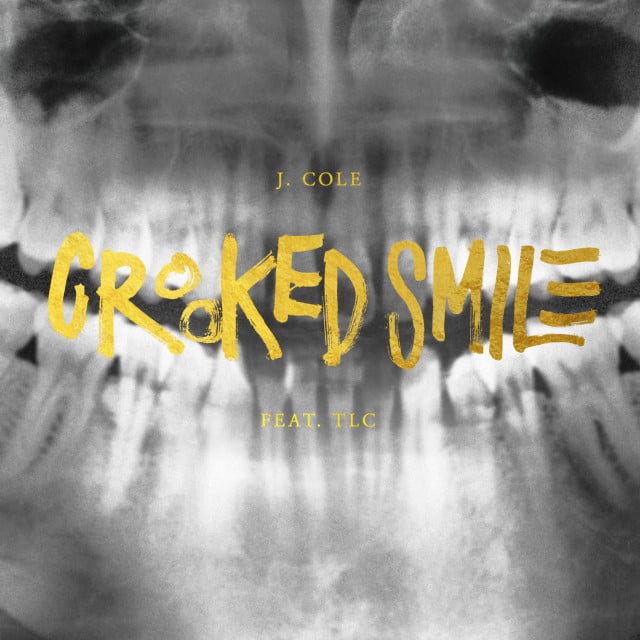One Piece is a Japanese manga series created by the famous Japanese cartoonist Eiichiro Oka. Since 1997, it has been serializes in the Japanese manga magazine "Weekly Shonen Jump" for more than twenty years. One Piece is now one of the most famous anime across the world, it sets a Guinness World Record for "the most copies published for the same comic book series by a single author".
Not like other cartoonists, Eiichiro Oka doesn't want his audiences to be narrowed down to only teenagers. He tries to make One Piece an all-age reading. The way he achieved that is using the concept of "intertextuality" to illustrate some historical social events and even deep thoughts toward real world politics while portraying those amazing pirate adventures and furious stories.
By definition, intertextuality is the shaping of a text's meaning by another text. More specifically, it is a literary device that creates an interrelationship between texts and generates related understanding in separate works. The key story of One Piece focus on the adventure of a young man named Monkey D. Luffy. He has a stubborn dream of being the "King of Pirate" and finding the biggest treasure in the world named "One Piece". Under this big frame, the whole story can be divided into several chapters, and each chapter would have its unique storyline. Since the pirate crew is moving from one island to the next, Eiichiro Oka is able to portray a totally new environment whenever Luffy landed to a new island. Under this kind of setting, Eiichiro Oka has a whole bunch of space to add his own creative ideas and thoughts, and he often creates storyline based on real world events or famous media works.
 One typical example of Eiichiro using such technique is the story happened on an island named "Merman Island". It is the home of merman and mermaid. Human-being in One Piece used to enslave merman since they have huge power. As a result, many people now see them as inferior race even though they are not slaves. They would laugh at them, and even kill them without any reason. Merman and mermaid therefore can only stay on the Merman Island which is 30000 feet beneath the sea surface.
One typical example of Eiichiro using such technique is the story happened on an island named "Merman Island". It is the home of merman and mermaid. Human-being in One Piece used to enslave merman since they have huge power. As a result, many people now see them as inferior race even though they are not slaves. They would laugh at them, and even kill them without any reason. Merman and mermaid therefore can only stay on the Merman Island which is 30000 feet beneath the sea surface. A merman named Fisher Tiger who eventually stand out, he escaped from a human's hand and liberated hundreds of slaves at the same time. After that, he formed a merman pirate crew to fight for equal status, and they continuous fight against the human government for the years.
A merman named Fisher Tiger who eventually stand out, he escaped from a human's hand and liberated hundreds of slaves at the same time. After that, he formed a merman pirate crew to fight for equal status, and they continuous fight against the human government for the years.
Meanwhile, the queen of Merman Island tries to do the same thing. But instead of having wars, she comes up with a more peaceful idea which is negotiation. She lobbies all the merman and mermaid to trust human-beings so she can draw up an agreement between human and merman which will bring then to the real sunshine again.

 Does this story sounds familiar? If audiences know some history of North America, they would realize this is actually an allusion of the African-American Civil Rights Movement which happened between 1954 and 1968. The race of merman here refers to black people and they share lots of common characteristics such as great physical strength and slavery history.
Does this story sounds familiar? If audiences know some history of North America, they would realize this is actually an allusion of the African-American Civil Rights Movement which happened between 1954 and 1968. The race of merman here refers to black people and they share lots of common characteristics such as great physical strength and slavery history. The two key characters in that chapter respectively represents two historical figures. Tiger Fisher, according to my research, is very similar to the 19th century abolitionist John Brown, who advocated actions and wars in seeking free rights and equality. One the other hand, the queen is more like Martin Luther King who advocated to use non-violence way to fight for black civil rights. To enhance this allusion, Eiichiro Oka even gave the queen the same fate Martin Luther King had-she was murdered by a gunner during a speech. It's just another hint that shows Eiichiro's implied message throughout this whole chapter.
Such example can be found everywhere in One Piece. In fact
Eiichiro Oka covered huge amounts of real world events and famous media works in his own works. There is another chapter that involves the idea of colonialism. The most recent chapter that is still on-going can be referred to the famous fairy tale Alice's Adventures in Wonderland.
The intertextuality Eiichiro applied is more like an implicit intertexuallity, because he never said this story is based on something else before he started a new chapter. But those who have prior knowledge about the original materials can easily notice that. By doing so, Eiichiro successfully made connections between the real world and his fascinating One Piece world. Moreover, in the perspective of audiences, it's easier to get involved and actively interact with the manga contents. Eiichiro obviously created a bond between his manga and audiences.
The use of intertextuality made One Piece not only an entertaining media products, but a reflection of the real world. It allows audiences to think deeply about the world they are living in while laughing and crying with Luffy in that imaginary world. I believe that's the key reason for One Piece dominating Japanese animation market which has so many strong competitors emerge in every year.














